UK welcomes chrome-less anodising
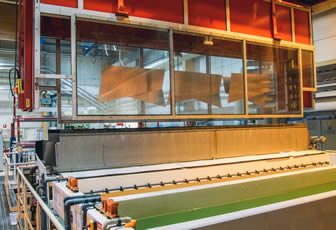
Banning the use of hexavalent chromium for surface treatment of components will have effect from September 2017, thanks to the European Union’s REACH regulation. Exemptions may be granted only in exceptional cases, such as military aviation applications. Less toxic aluminium surface treatment processes have been developed to replace the use of chrome, such as TSA (tartaric sulphuric acid) and PSA (phosphoric sulphuric acid).
One of the firms that have developed both alternatives is Galvatek, a manufacturer of surface treatment lines. They are represented in the UK by Turbex, which announces the availability of the processes to British industry. The environmentally friendlier systems comply with the REACH regulation and are also significantly easier and less costly to use.
Galvatek Senior Adviser Arto Jämsén said: “The benefits of using Chromic Acid Anodising (CAA) have been its excellent resilience, low friction and anti-corrosive properties.
“The problem is that toxins are released when manufacturing and processing chromed components, so it is understandable that the EU wants to discontinue it in order to reduce pollution and make the working environment safer.
“Replacing CAA with TSA can halve both power consumption and anodising time. It also requires less air extraction, resulting in a significant reduction in energy consumption. Further savings are gained during waste water processing.
“What is most important is that the treated components are at least as good as they would have been using the old CAA process.”
Airbus stipulations met
Patricomp in Halli, Finland, part of the Spanish Aernnova Aerospace Corporation, supplies components to the aerospace industry including Airbus, Embraer, Saab and the Finnish Air Force. It is the sole supplier of elevator tips for the Airbus 350, for example.
Jari Vasenius, Sales Director at Patricomp explained: “We needed a new aluminium surface treatment line to comply with the REACH regulation, as well as the demands of our customers.
“Airbus is switching to chrome-free components and TSA is an Airbus-approved process. We were given very precise specifications by them, resulting in the introduction of a new Galvatek process.
“The treatment of each component is recorded and documented in the line’s Galcont control system, making it easy to obtain NADCAP certification and to comply with audits carried out by Airbus and other aircraft manufacturers.”
Galvatek has more than 35 years of experience in the supply of aluminium surface treatment lines for the production of aircraft components worldwide. It also has a long history of building chemical cleaning lines for maintenance, repair and overhaul of aero engines.
Patricomp already had a surface treatment line from Galvatek. It was installed in the late 1980s to assist in the manufacture of aviation components for the Saab 2000 turboprop airliner in collaboration with another Finnish company, Patria Group. The surface treatment line was first modified in the 1990s when Patria began manufacturing components for F-18 Hornet fighter jets used by the Finnish Air Force.
Production Manager at Patricomp, Mirka Laakso commented: “Today, the same surface treatment line is used for CAA, TSA, cadmium, passivation, chroming and chemical milling. While other companies are discontinuing the use of cadmium, we are actually investing in it to meet the demands of the military aviation sector.”
Rapid modernisation
Patricomp contacted Galvatek in spring 2012 and received a detailed offer later that year to modernise the line. Work began in September 2013 and was finished slightly ahead of schedule later that year. The line was tested and Airbus approval was obtained in March 2014.
Laakso continued: "Galvatek’s experts calculated exactly what was required to comply with Airbus’s specifications in terms of electrical consumption, the surface area of the cathodes and fluid flows.
“In practice, the upgrade involved re-lining some of the tanks, renewing electrical systems, increasing the number of sensors needed for documentation and filtering the sulphuric and tartaric acids using UV lights to prevent the formation of algae.”
The modernisation did not disrupt production at the Patricomp factory, which continued to operate as normal. Auditors from Airbus were very satisfied with the final result, especially the documentation relating to the processing of individual components.
Vasenius concluded: “The new treatment is in marked contrast to the old system, whereby components were manually loaded into tanks with no process control. With such a line it would be very difficult or impossible these days to obtain aerospace approvals.”
Similar articles
More from Turbex Limited
- Anodising centres specialises in automotive applications 12th January 2018
- Aqueous cleaning machine chosen for refurbishment centre 13th October 2017
- Surface World Show brings success 3rd April 2017
- UK welcomes chrome-less anodising 7th February 2017

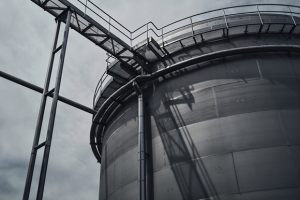
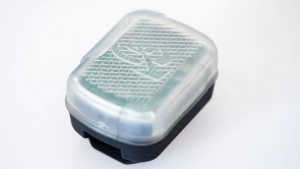
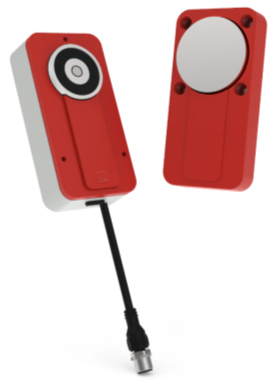
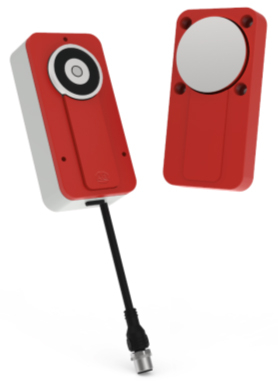







Write a comment
No comments